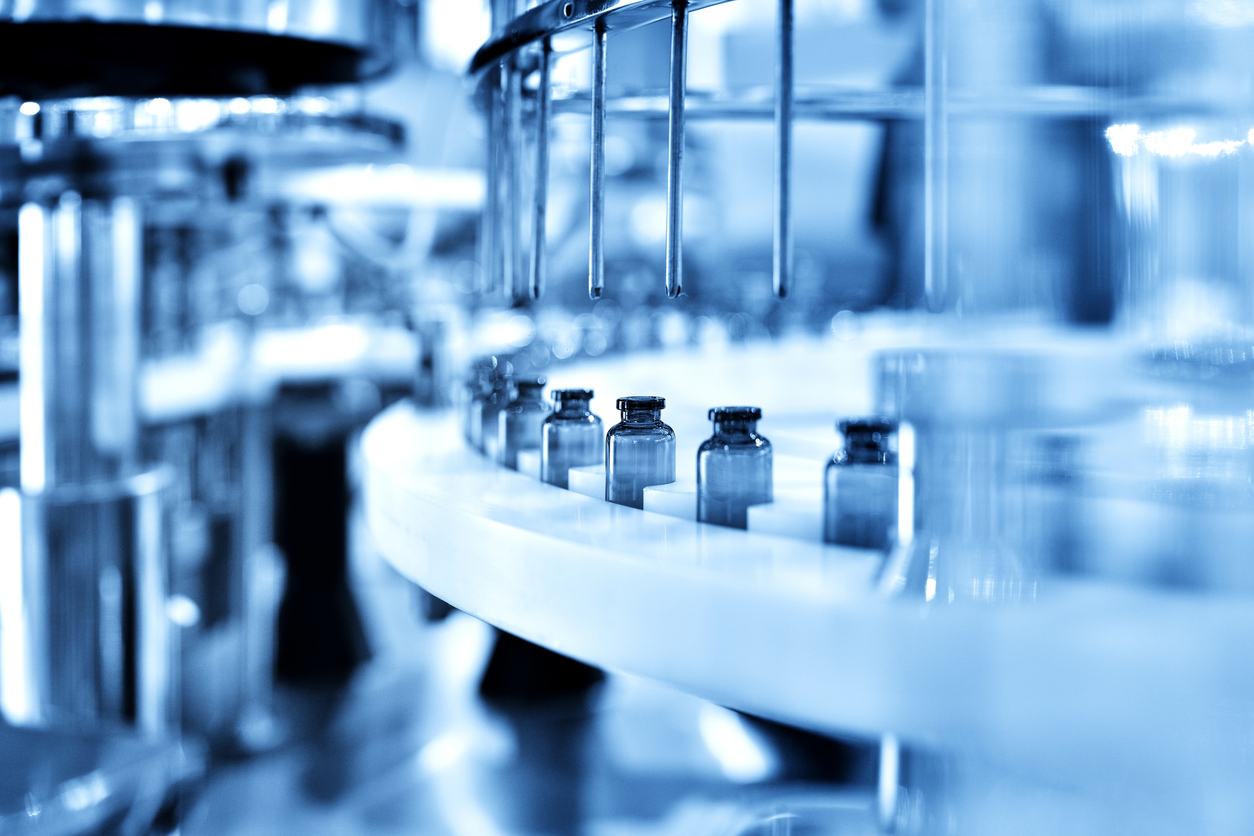No, please don’t. Environmental Monitoring (EM) program is not a “one size fits all” package. Rather, it should be customized to a particular manufacturing space and the processes used after a robust risk assessment that considers potential failure modes and then followed up, periodically evaluating past EM data.
If you were to do an internet search for “Environmental Monitoring” “483” …the results might surprise you.
First consideration: Who are you?
Pharmaceutical drugs are intended to help patients by treating an underlying disease or condition. Drugs contaminated by microbes can cause harm to patients directly, and can also potentially alter the pharmacology of drugs, which may impact the product’s efficacy. Can a chemolithotroph bacterium like Mariprofundus ferrooxydans oxidize enough ferrous to pharmacologically alter an iron replacement product, like Ferric Carboxymaltose? Maybe not, maybe so, but, at minimum, the microbe (being a gram-negative) warrants concern. In this case, if pharmacology is not of concern, sepsis would be. Know your EM isolates.
Ask yourself: What am I doing?
It is important to understand the sampling plan, the data that is generated, and what will be done with that data. Are we gathering personnel monitoring data in a Grade D room from operators who make vitamins every hour, or are we gathering personnel monitoring data in a Grade A room from operators who work on a syringe-filling line once a year? Environmental Monitoring evaluates the quality of the air, surfaces, and personnel through sampling and testing. It is not a be-all-end all – EM is a snapshot in time, and, if you do enough of it over time, you get a good synopsis of your manufacturing area. Appropriate locations and frequencies are a few key components of a robust Environmental Monitoring risk assessment. A successful Environmental Monitoring program has a multifaceted approach that includes:
- Active Air Viable Monitoring
- Passive Air Viable Monitoring
- Contact Surface/Swab Monitoring
- Personnel Monitoring
- Non-Viable Particulate Monitoring (NVPC)
It is important to know what you are sampling, why you are sampling, and how often you sample. It is worth noting that compressed air, clean steam, and water (i.e., WFI) monitoring should also be part of your overall Environmental Monitoring program, and reports should be generated at adequate frequency so that trends can be detected. The criticality of these utilities may depend on the processes that are used in manufacturing; for example, for OSD versus injectable products, different frequencies may be appropriate – but good, old-fashioned tracking and trending is a must. Clean steam and hot WFI may pose a low microbial risk, but heat exchangers have been notorious for biofilm. Bad Acinetobacter baumannii!
Let’s talk about… Tracking and Trending.
Companies often compile Environmental Monitoring data and route it through their Quality System; however, that’s just part of an adequate EM program. There needs to be a review board, which should be a committee drawn from multiple disciplines that represent various stakeholders (yes, don’t leave out those chemists!) to review, assess, and suggest actions in response to the data. EM data is always lagging (due to the time required for incubation, review, data entry, and report preparation) so it is imperative that the committee meets routinely and evaluates the newly generated data. If there’s an EM trend, microbes are having a party already, considering their doubling times.
There is Science, and then there is Compliance.
The two can go hand in hand, but often firms get bogged down in the science, which can make them fall short in compliance. For example, Science says that a sterile product has strong anti-microbial properties so a company skips doing Environmental Monitoring. What does Compliance say? Major regulatory agencies, such as the European Medicines Agency (EMA) and the Food and Drug Administration (FDA), require pharmaceutical manufacturing companies to have an Environmental Monitoring program in place. Tracking, trending, Contamination Recovery Rates (CRRs), EMIs, alerts, actions, continuous monitoring, rolling minute, cumulative, differential, and neutralizers are just some of the terminologies that the department should not only be familiar with but know exactly how they fit into the EM program. Science and Compliance should intertwine and be woven together into the Environmental Monitoring program. Speak the EM language.
Where do I start?
There are a lot of good references to use as a starting point:
- United States Pharmacopeia (USP) Chapters <1116>, <797>, and <800>
- ISO 14644-1:2015, Cleanrooms and associated controlled environments
- Parental Drug Association (PDA) Technical Report No. 13, Fundamentals of an Environmental Monitoring Program
- FDA Guidance for Industry: Sterile Drug Products Produced by Aseptic Processing – Current Good Manufacturing Practice (2004)
- EU GMP Annex 1, Manufacture of Sterile Medicinal Products
However, by no means will this suffice to create, execute, and monitor the effectiveness of Environmental Monitoring. The landscape and lenses shift, and expectations are higher than ever, in the name of ensuring patient safety. Environmental Monitoring is equally important in a non-sterile production environment as it is in a sterile production environment.
Don’t assume your EM program is robust enough, let’s dig into it. If you have questions relating to Environmental Monitoring, Lachman Consultants can help you! Please contact LCS@lachmanconsultants.com for support with this critical program.




